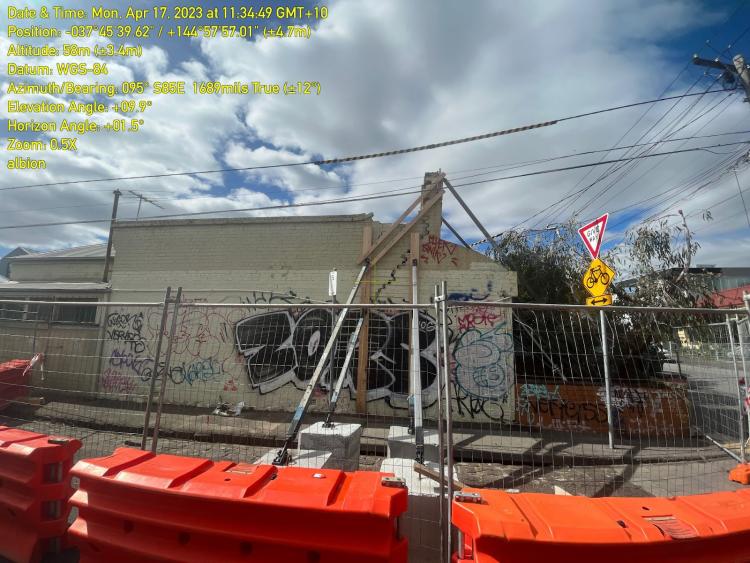
Have you noticed cracks in the walls or ceiling of a building? Are your doors or windows no longer closing easily? Small cracks are no cause for alarm, but larger ones are the signs of a distressed building, and the underlying cause needs to be looked into straight away.
A distressed building will need more than a quick coat of paint to fix the cracks. In order to effectively repair the cause of the distress, you’ll need the services of a dedicated geotechnical service provider. Organising a distressed building investigation will allow you to discover the cause of your building’s cracks and determine the best solution moving forward.
This blog will cover four of the most common causes of distressed buildings, as well as the best solutions for each. Funnily enough, all four causes have water as a main catalyst, but how they work and how to repair the damage they can cause are all different!
When we use the term ‘distressed building’, we are referring to buildings whose foundations have shifted and caused the building to either crack or become uneven. These cracks will manifest above doorways, diagonally down walls in a brick-like pattern, or horizontally near or on the ceiling.
The longer the cause of the movement is left alone, the worse the cracks and look of the building will become. This can increase the cost of repairs you’ll need to make and make the property a lot less comfortable to live or work in. So it’s important to enlist the help of professional geotechnical engineers to perform any distressed building investigations you need quickly!
Do you need Geotechnical Services in Melbourne? SITE Geotechnical is here to help!
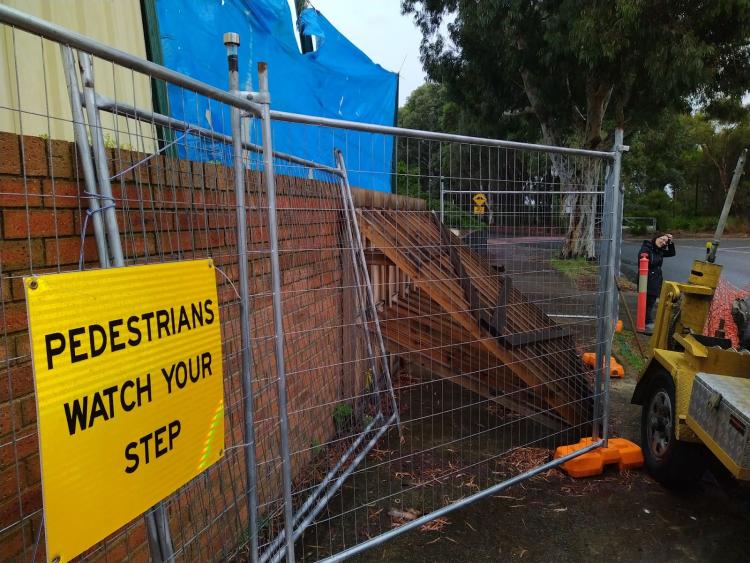
One of the most common causes of distress in a building is when the soil underneath the property moves. Clay soils (also called reactive soils) are very common in Melbourne, particularly in the west where there is a vast area of highly reactive basaltic soils–nevertheless, reactive soils are scattered throughout Melbourne and Victoria. Clay soils are very prone to expanding when wet and contracting when dry, which makes any building on top likely to move and crack in tandem with the soil.
If the building starts to sink into dry soil that is shrinking due to a lack of water, this is called ‘subsidence’. On the other hand, when your building is pushed up out of the soil due to its expansion, this is called ‘soil heave’. Both of these soil conditions can damage the physical properties of your building and, in extreme cases, cause its structural elements to fail.
When building a new property on expansive clay soils, it’s important to use the right type of foundation that can withstand its movements. Various moisture control solutions can also be undertaken to help keep the level of water in the soil steady, which will prevent the clay from changing in volume every time it gains or loses moisture. Seasonal fluctuations do occur and it’s not uncommon to hear that certain doors or windows work in summer but get jammed in winter (or vice versa).
If you are trying to fix an existing distressed building on clay soil, then repair any cracks, refit doors and drawers that need it and then, once the moisture levels under your property are perfect, start implementing moisture control methods to stabilise the levels of water in your clayey soil.
Your stormwater system refers to how rainwater is collected and diverted away from your building into your area’s stormwater pipes.
When your stormwater system is unable to channel water away (like your gutters crack or your downpipes become clogged), the water will pool around your house, seep into the soil and potentially cause abnormal moisture conditions and subsequent differential movement that can cause a building or structure to become distressed.
Excessive water can cause sinkholes to form around your property, which can cause your property to sag and crack as its foundations shift. Or, if the soil you have built on is prone to expanding (reactive clay soil) with water, parts of your property may lift and crack as the soil swells.
If you’ve noticed your stormwater isn’t draining correctly after rain, then you must get started on repairs quickly. Clearing your gutters is a good place to start–use a ladder and carefully clear your gutters of any vegetation and dirt inside, placing the sludge into a bucket.
You can then move to your downpipes. If there is a clog near the top, then you can try to scoop it out with gloved hands for disposal. You can also use a tool like a drain auger to break up the clog and pull it out. Once you’ve manually cleared your downpipes as much as you are able, flush the gutters and pipe with fresh water from your hose to make sure it all runs away smoothly.
If the problem lies underneath your building in the stormwater pipes themselves, then you will need to consult professionals who can safely open and clear the blockage. Look for reliable plumbers with stormwater services in your area to do this job.
The trees around buildings can offer shade and beautify the space, but they also have a habit of sucking up significant amounts of water in the surrounding soil. In turn, this reduces the moisture content of the soil and can cause it to shrink, making any properties built on top more likely to become distressed. This becomes more prevalent in highly reactive soils and with certain types of trees.
The roots of trees naturally seek out water, so if you have a lot of water sitting under and around your property (due to a leak in your pipes or just a well-watered garden), be aware that roots may cause cracks and defects in your pathways, concrete slabs and walls.
Trees can also drop leaves and branches that block your stormwater gutters and drains.
When choosing to build a property in an area, it’s important to take note of nearby vegetation and decide if it needs to be removed or not, especially if the soil in the area is prone to subsidence or potential shrink-swell movements when overdry or overwet. A general rule of thumb is to plant any trees at least one and a half times their mature height away from your property to make sure their roots won’t be able to cause any damage. There are certain trees that cause more damage than others, and this is where it may be preferred to consult with a professional landscape architect who is familiar with the damage that trees can cause.
If you are worried about your gutters, make sure to trim overhanging or large nearby branches to prevent their leaves from making their way into your stormwater system.
If you have leaky pipes, the water they lose can have a damaging impact on your building’s foundations. Leaking pipes, particularly those underneath your slab, can cause similar damage to that from an overflowing stormwater system. Underground pipes will leech water directly into the soil and cause it to weaken or swell even faster than it would if the water was coming from aboveground.
Having excessive water can weaken the base of your building, causing it to swell and crack on the inside due to an uneven support.
Leaking underground pipes aren’t easy to detect, so it’s important you keep an eye on your water bills for any unexpected increases as an indicator you are losing more water than you’re actually using.
If you are concerned about a leak under your foundation, make sure to engage the services of a professional plumber who can diagnose and access your pipes to repair or replace them. There are also solutions that don’t require digging that can be used to reline existing pipes.
For more information on distressed building investigations, check out SITE Geotechnical’s case study regarding a Detailed Geotechnical Investigation Followed By Considered Structural Design.
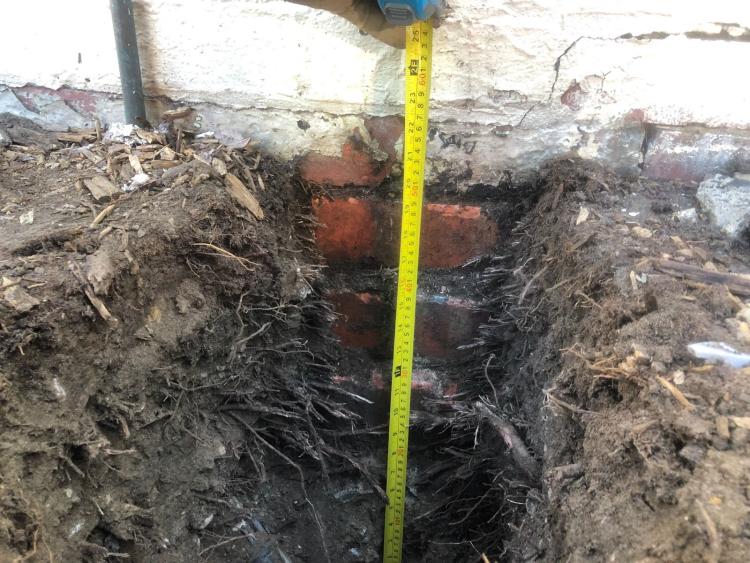
SITE Geotechnical has been providing Melbourne with high-quality geotechnical investigations, tests and recommendations for many years, and are well-versed in investigating and providing ongoing monitoring for distressed buildings. If your property has signs of distress, you can trust our geotechnical engineers to determine the source!
Make sure to choose us next time you need distressed building investigations in Melbourne. We’ve been providing quality geotechnical services since 2005 and pride ourselves on offering prompt communications and in-depth geotechnical reports for all our work, so your construction projects can progress smoothly.
You can call us at 1300 557 260 or leave us a message online with your query.
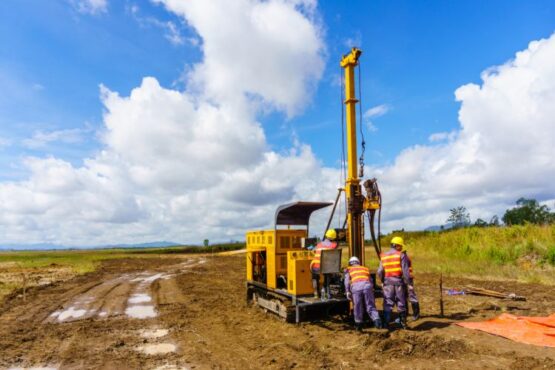
A successful building project starts with the soil foundation. Learn why conducting a geotechnical survey before construction is crucial for stability and efficiency.
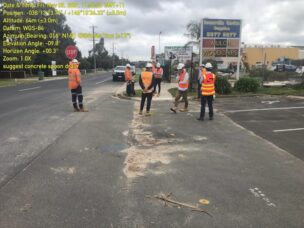
You may not think much about the pavement beneath your feet, but a great deal of planning and preparation goes into the design, creation and laying of pavement. Pavement design in particular needs a lot of careful thought, as it is used in critical infrastructure projects such as the building of major highways, warehouses, large […]
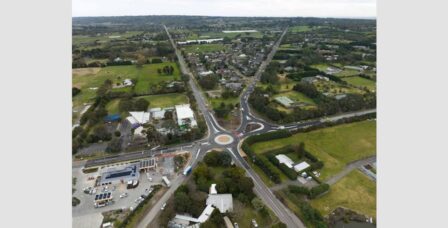
Having the right or wrong pavement design can make millions of dollars difference in a project. That’s why it’s so important to do your pavement design correctly the first time around, and this includes choosing the right team of pavement engineers for the job. Pavement design is about more than footpaths–it actually influences all kinds […]
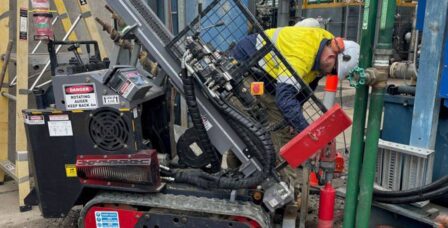
Geotechnical site investigations often involve the use of a drilling rig in a wide and open space, but what if the areas you are trying to work on have size or access constraints? In these circumstances, you’ll need access to geotechnical drilling technologies that can work for both small and large-scale infrastructure projects. This is […]
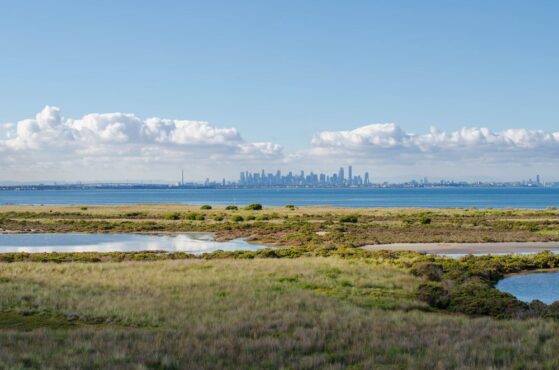
At Site Geotechnical, we understand that wetlands play an essential role in land development projects across the country. While most of our clients are already familiar with their environmental benefits, such as flood mitigation and water quality improvement, our focus is on the geotechnical considerations that can help wetlands perform reliably and sustainably. Let’s discover […]
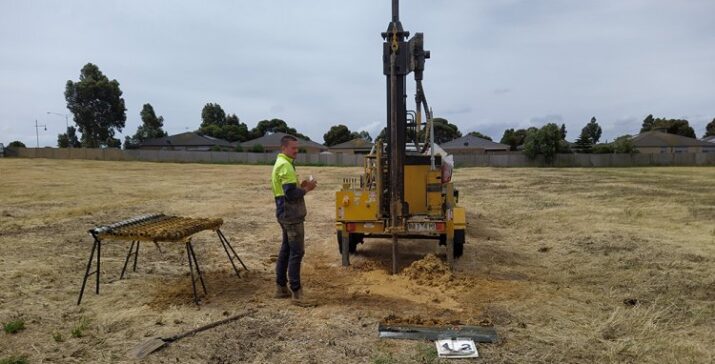
In the midst of planning a construction project? Whether you’re building a road, a bridge, a commerce centre, or a dam, the earth you’ll be working with can have a profound impact on the success of your project. Geotechnical services consist of many different types of studies and tests on a particular site that delve […]
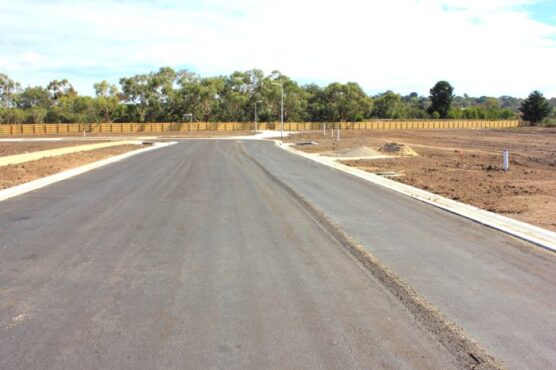
When you think of recycling, your mind might immediately go to paper or cans, but did you know recycled construction and waste materials play a strong part in pavement design in Melbourne as well? Pavement is everywhere, from our sidewalks and personal driveways to roads, construction platforms and rail trails. Expanding cities are constantly creating […]

For two decades, SITE Geotechnical Pty Ltd has been at the forefront of geotechnical engineering, providing expert investigations and recommendations that ensure strong, lasting foundations for infrastructure and development projects. Our journey from a small consulting firm to a leading geotechnical service provider in Victoria has been defined by innovation, expertise, and an unwavering commitment […]
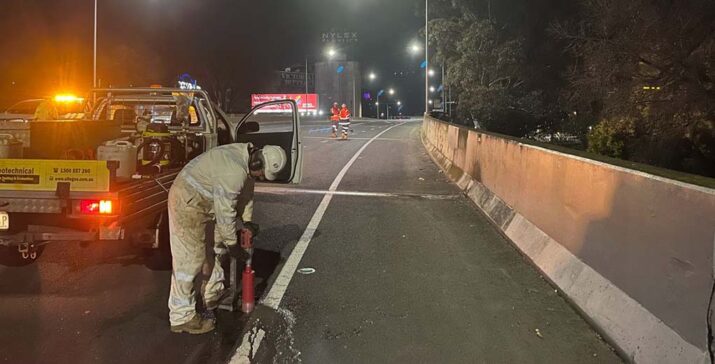
In the world of infrastructure, maintaining and upgrading pavements is a constant challenge. Victorian roads endure heavy traffic, harsh weather, and can simply wear down over time, often leading to deterioration that demands action. Historically, a full reconstruction—ripping out old pavement and starting fresh—has been the go-to solution. But there’s a smarter, more sustainable alternative: […]